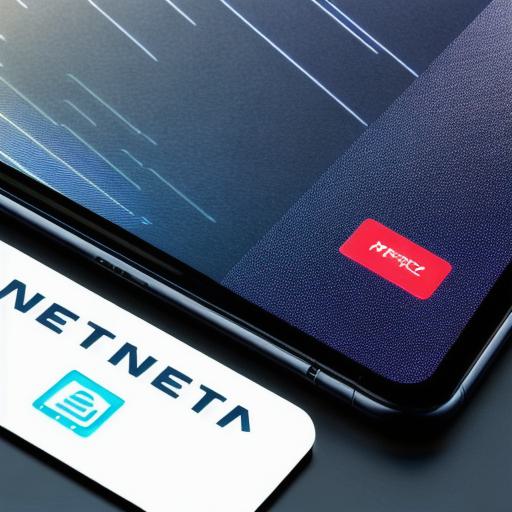Discover the Advantages of Web 3.0: Why It’s the Future of the Internet

Web 3.0 is an exciting new technology that promises to revolutionize the way we interact with the internet. This decentralized, peer-to-peer network has the potential to solve many of the problems that have plagued the internet for years. In this article, we’ll explore the advantages of Web 3.0 and why it’s the future of the internet.
What is Web 3.0?
Web 3.0 refers to the next generation of the internet, which is built on decentralized, peer-to-peer technology. Unlike previous versions of the internet, which relied on centralized servers and a single point of control, Web 3.0 allows users to interact directly with each other without the need for intermediaries.
Advantages of Web 3.0
- Decentralization: Web 3.0 is built on a decentralized, peer-to-peer network. This means that there is no single point of control or failure, making it much more resilient and secure than previous versions of the internet.
- Privacy: With Web 3.0, users have greater control over their data and privacy. Because data is stored decentralized, it’s much harder for hackers to access and steal user information.
- Faster Transactions: Web 3.0 uses smart contracts to automate transactions, which means that they can be completed faster and more securely than with traditional methods.
- Lower Costs: Because Web 3.0 eliminates the need for intermediaries, it has the potential to significantly reduce transaction costs.
- Improved Access: With Web 3.0, users can interact directly with each other without the need for intermediaries, which means that people in remote or underserved areas can have access to the same level of services as those in more affluent areas.
Real-Life Examples

- Decentralized Finance (DeFi): DeFi is a financial system built on Web 3.0 technology. It allows users to create, trade, and lend without the need for intermediaries, which means that it has the potential to democratize finance and provide more opportunities for people who don’t have access to traditional financial systems.
- Cryptocurrency: Cryptocurrencies like Bitcoin are built on Web 3.0 technology. They allow users to make secure, peer-to-peer transactions without the need for intermediaries.
- Decentralized Social Media: Web 3.0 technology can be used to build decentralized social media platforms that are more resilient, secure, and private than traditional platforms.
FAQs
Q: What is Web 3.0?
A: Web 3.0 refers to the next generation of the internet, which is built on decentralized, peer-to-peer technology.
Q: What are the advantages of Web 3.0?
A: Web 3.0 offers several advantages, including decentralization, privacy, faster transactions, lower costs, and improved access.
Q: What are some real-life examples of Web 3.0?
A: DeFi, cryptocurrency, and decentralized social media are all examples of how Web 3.0 technology is being used to solve problems with traditional internet systems.
Summary
Web 3.0 is the future of the internet, and it has the potential to solve many of the problems that have plagued the internet for years. With its decentralized, peer-to-peer technology, Web 3.0 offers greater security, privacy, and accessibility than previous versions of the internet. As this technology continues to evolve, we can expect to see even more innovative solutions that will improve our online experience.








